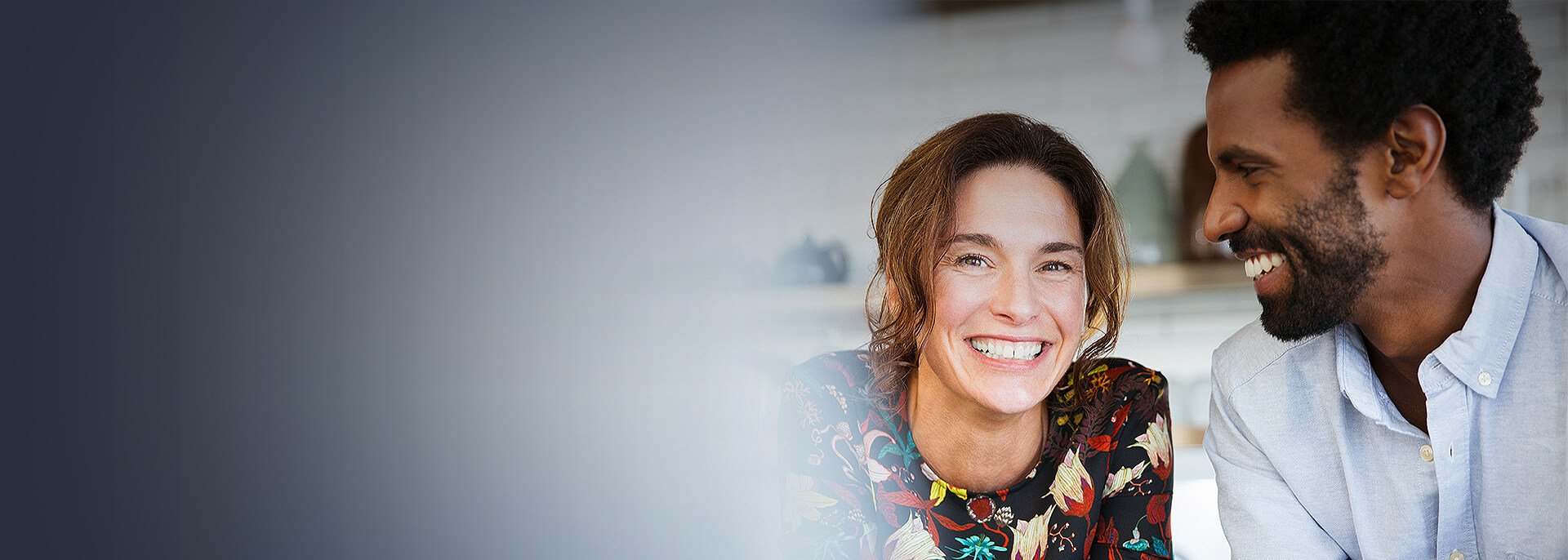Techniques for Complete Bladder Emptying
- Timed voids. Urinate at least every three to four hours. Never hold the urine.
- Double void. Before leaving the restroom, try to empty your bladder a second time. Focus
on relaxing the muscles of the pelvic floor. You may try running your hands under warm water
before your second void to trigger a relaxation response. - Drink plenty of fluids. Fluids keep the urinary tract hydrated and clean.
- Have a bowel movement every day. The rectum is just behind the bladder. If it is a full, it
can prevent the bladder from functioning properly. Increase your fruit, fiber, water and walking
until you have soft bowel movements and don’t have to strain. You may add over the counter
medications like Senna (Sennakot, SennaGen), Colace (docusate) or Dulcolax (bisacodyl). - Comfort and privacy are necessary to empty completely. Give yourself time to go.
- Leaning forward (and rocking) may promote urination.
- After you have finished passing urine, squeeze the pelvic floor to try to completely empty.
- The sound of water can promote the bladder muscle to contract, but care should be taken
not to promote bladder muscle instability with overuse of this technique. - Tapping over the bladder may assist in triggering a contraction in some people.
- Stroking or tickling the lower back may stimulate urination and has been reported to be
helpful in some patients. - Whistling provides a sustained outward breath with a gentle increase in pressure in the
abdomen that may help with emptying your bladder. - General relaxation techniques can help people who are tense and anxious about their
condition. - Women should always sit down properly on the toilet with the feet supported; relaxing the
pelvic floor muscles and allowing sufficient time to empty to completion (avoid hovering). - Some women find supporting the anterior vaginal wall by inserting a finger into the
vagina and applying pressure forwards can help.
We're here to answer your questions
Contact us to request an appointment or ask a question. We're here for you.




